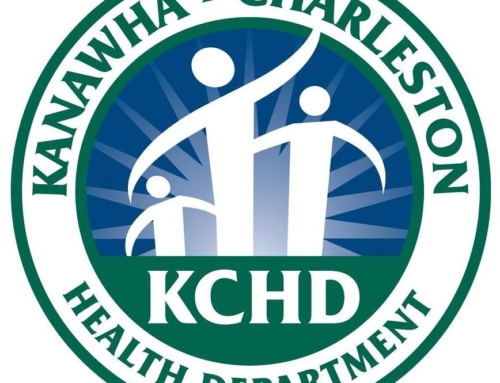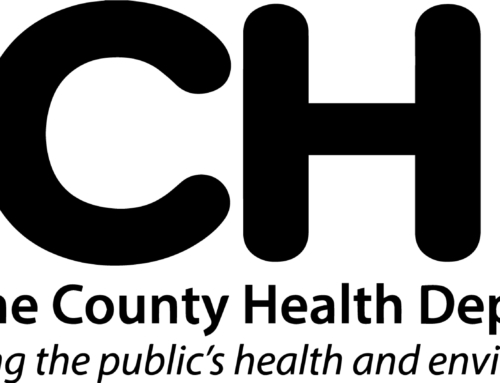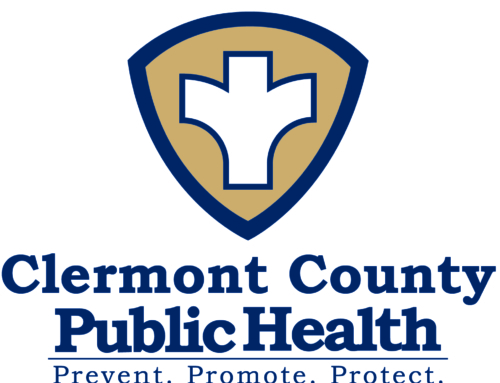Project Description
Accreditation Brings Transformational Changes to Idaho Department of Health and Welfare
By Traci Berreth, PhD, MPH
Having initiated the process of accreditation in July 2014 – and achieving accreditation in June 2017 – our public health division has experienced a transformative shift in a short amount of time. This change permeated all facets of our division, from internal processes to how we approach collaboration.
Before undertaking the process of accreditation, our division understood that being successful represented more of a process as opposed to a destination. We felt confident upon conducting PHAB’s self-assessment that our division was functioning well. However, we soon learned that PHAB was much more than just “checking boxes” and having protocols in place; we learned how to become much more self-aware as a dynamic, complex system.
The process of achieving accreditation was not always easy, as we often had to engage in difficult conversations, build improved processes from scratch and consider constructive criticism. At times, it was difficult for our very dedicated and passionate staff to assess and contemplate varying weaknesses of policies, programs and structures. Nevertheless, we persisted by approaching accreditation as one unified entity; and, once we did achieve accreditation, several obvious changes emerged: we gained confidence in our work and our team; a cultural change became apparent in the way we approach improvements; and the process strengthened working relationships amongst staff members.
Engaging in quality improvement, implementing improved processes and collaborating with other programs instilled a sense of transparency across the division. We recognized and celebrated areas of strength, but we also became more aware of our gaps and the need to seek differing perspectives and ideas.
A positive cultural change embedded itself throughout our division during accreditation because staff members accepted that failures are normal. By facing and overcoming barriers, our staff members felt empowered to approach accreditation with innovation and strategic planning – a belief system that continues to help our division.
Lastly, due to the high amount of collaboration required for accreditation, our staff members fostered positive, productive relationships with each other and the programs. Not only did we learn about the diverse type of work the division conducts, we learned how to bond interpersonally through a common goal.
Now, after almost a year removed from attaining accreditation, our division continues to look constructively and critically at policies, processes and structures through the lenses of PHAB and accreditation. Going through the process helped us kick-start improvements, and, now that we have momentum, our staff insists on holding each other accountable and collaboratively defining the next set of achievable goals. Accreditation provided us an opportunity to gain respect and demonstrate to our stakeholders that the division is comprised of competent, passionate individuals dedicated to serving the public.
Idaho Department of Health and Welfare, Division of Public Health, in Boise, Idaho, was awarded national accreditation through the Public Health Accreditation Board on June 6, 2017.
About the author: Traci Berreth, PhD, MPH, is chief of public health business operations at Idaho Department of Health and Welfare in Boise, Idaho. Contact her at [email protected].
⇒ Other major benefits gained as a result of going through the accreditation process:
- Everyone in the division eventually understood the tangible and abstract benefits of accreditation.
- The process validated work that staff completed for the division – and it allowed staff members to have a larger voice in policies, processes and structures that impact their programs.
- Through the process, we learned how to be much more transparent as an organization through communications and collaboration.
- Our division achieved its goals on an aggressive timeline.
- PHAB helped teach us about the importance of having a shared vision for the future.
- PHAB standards became embedded in the day-to-day work of our staff; it is common to hear references to PHAB standards in meetings.




